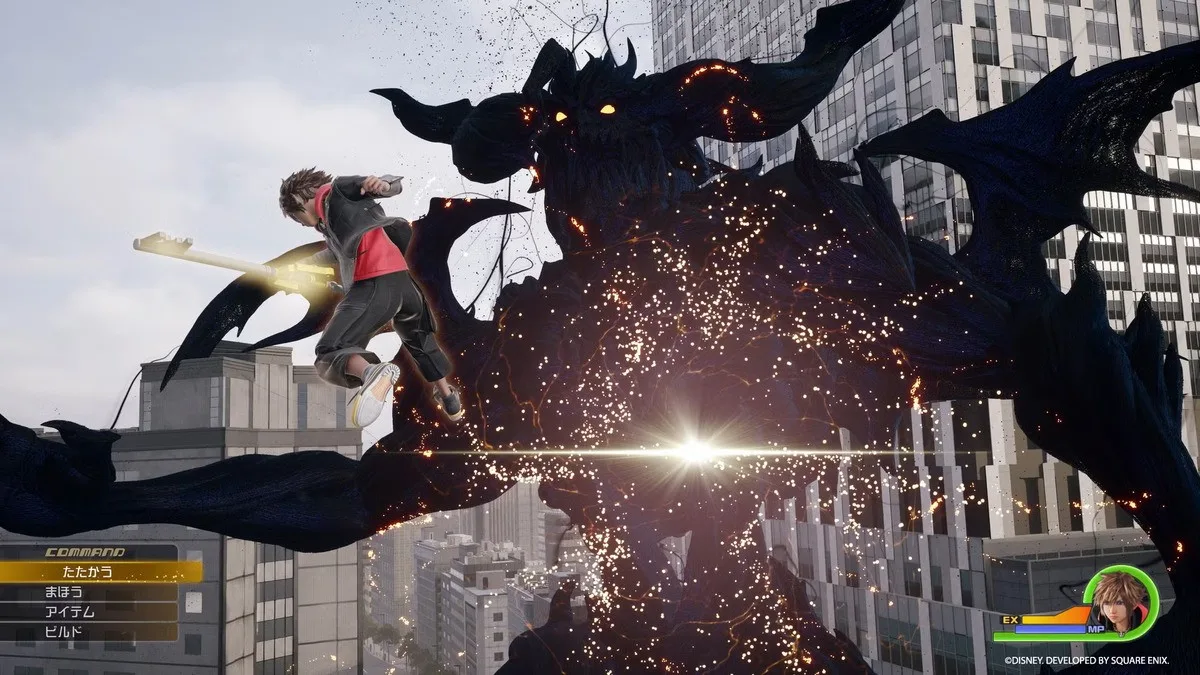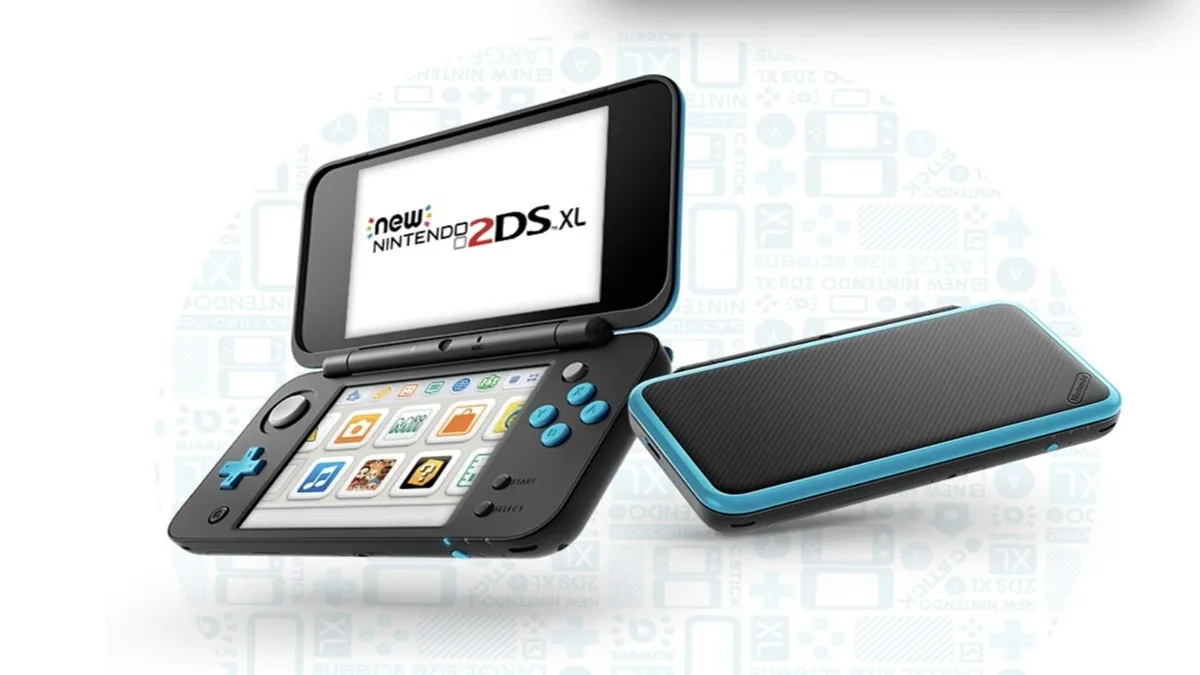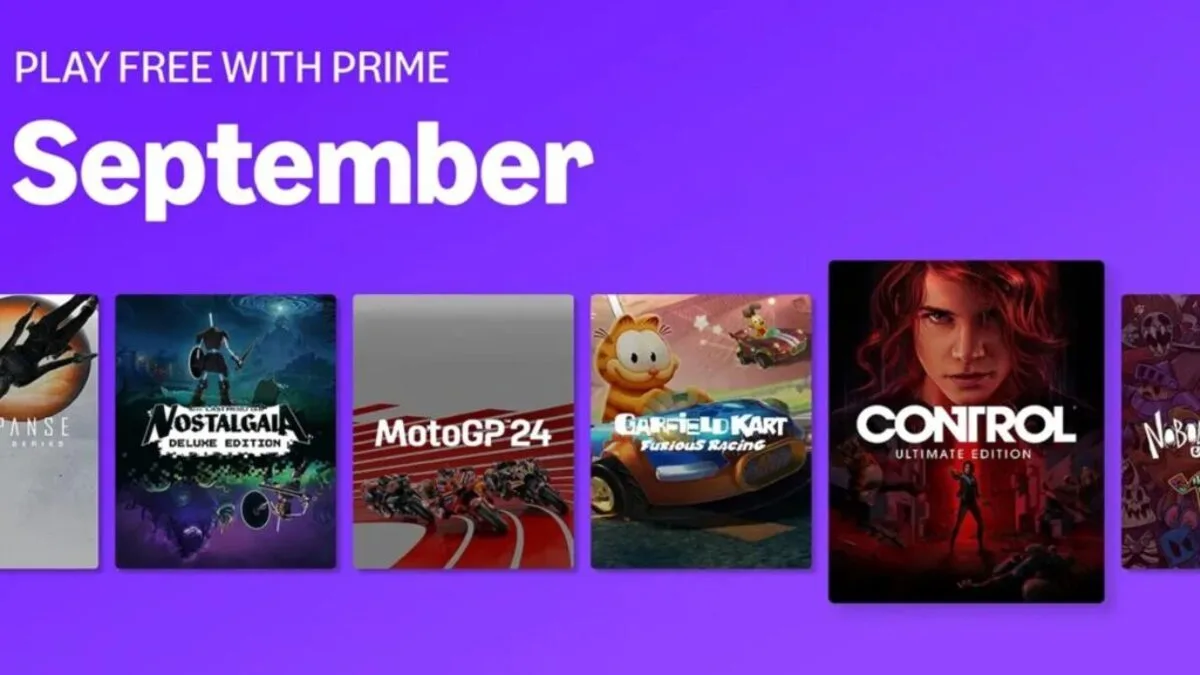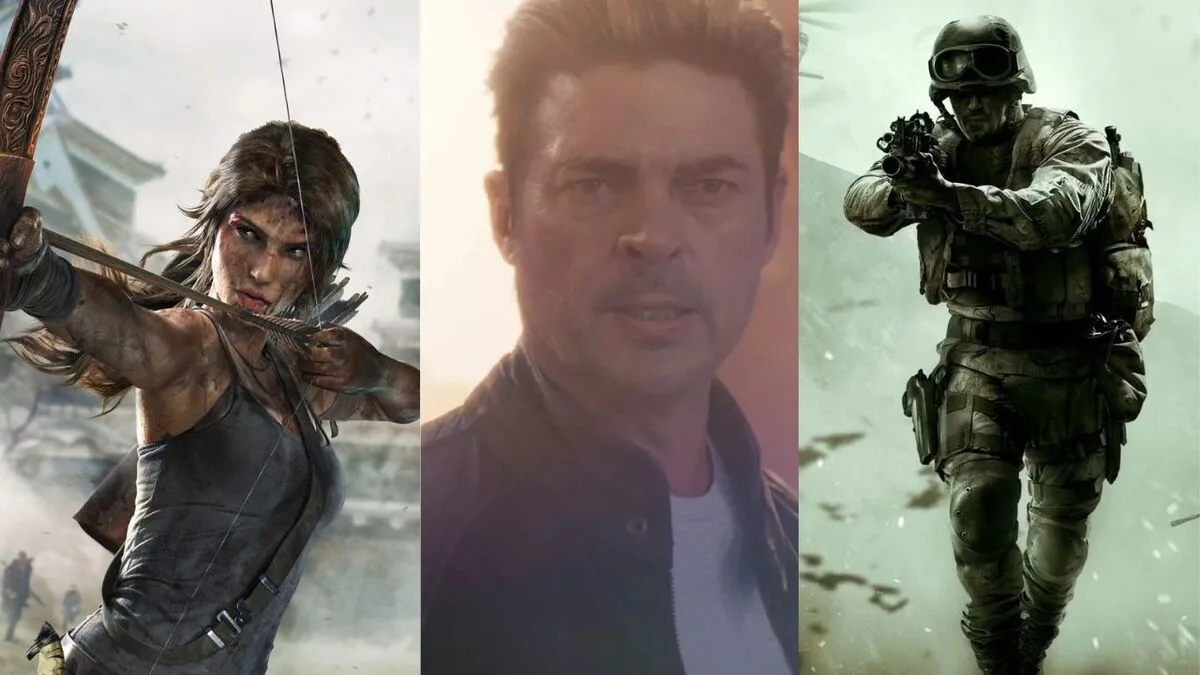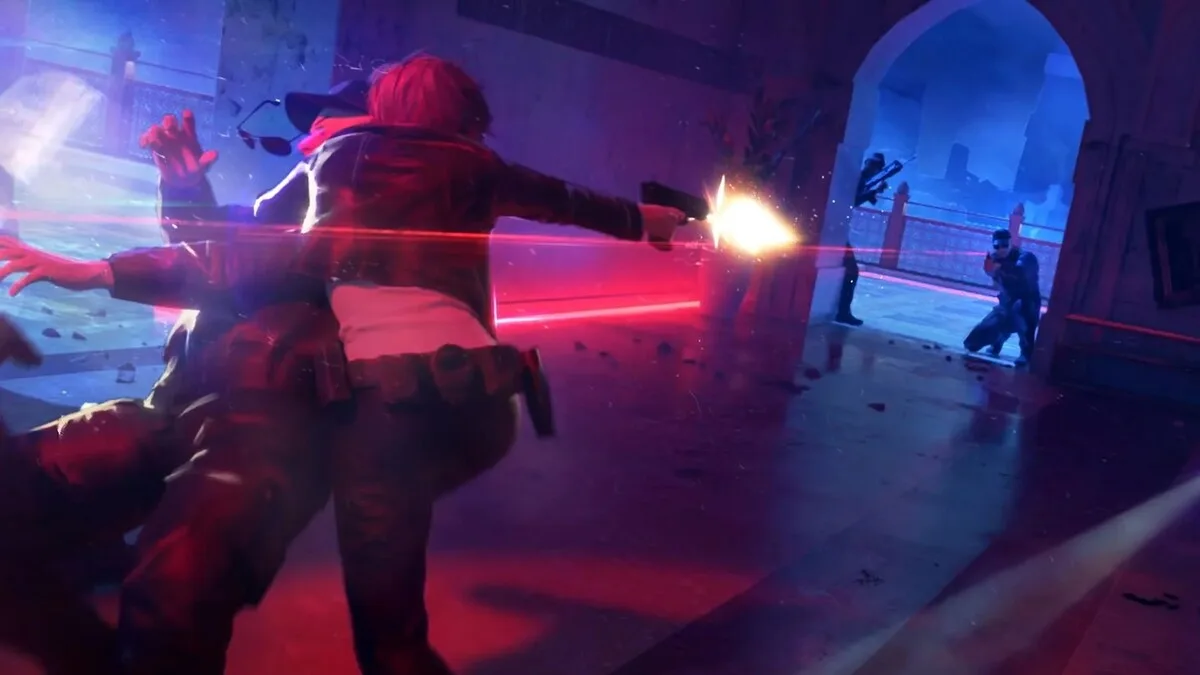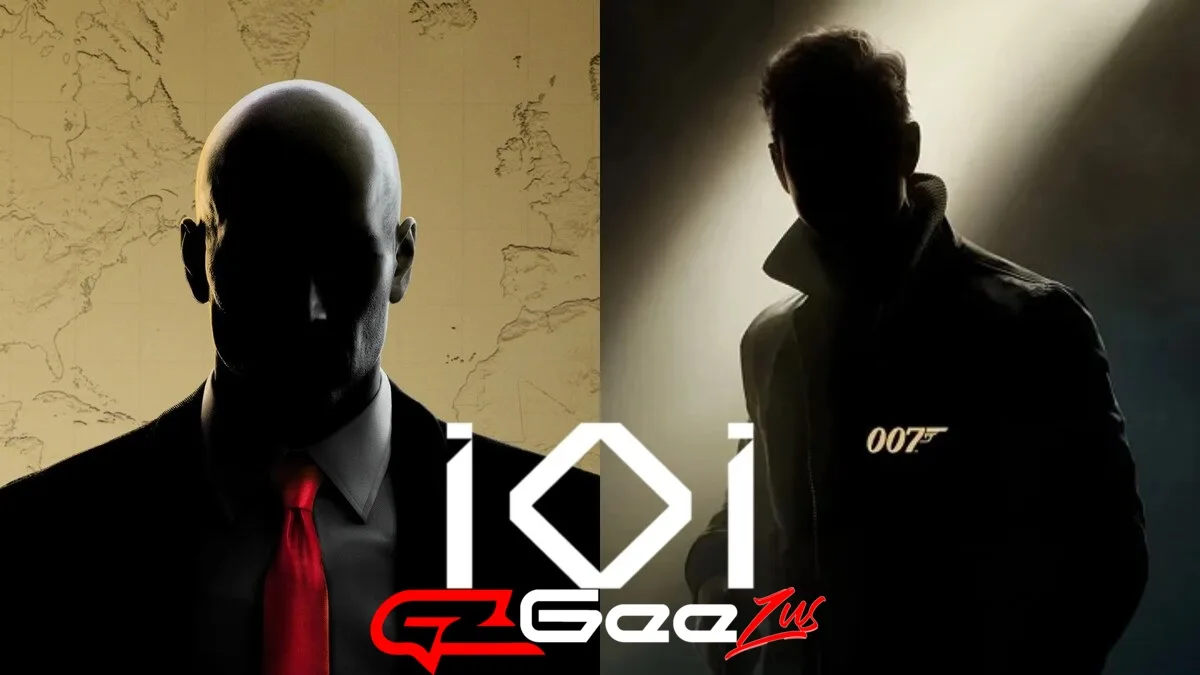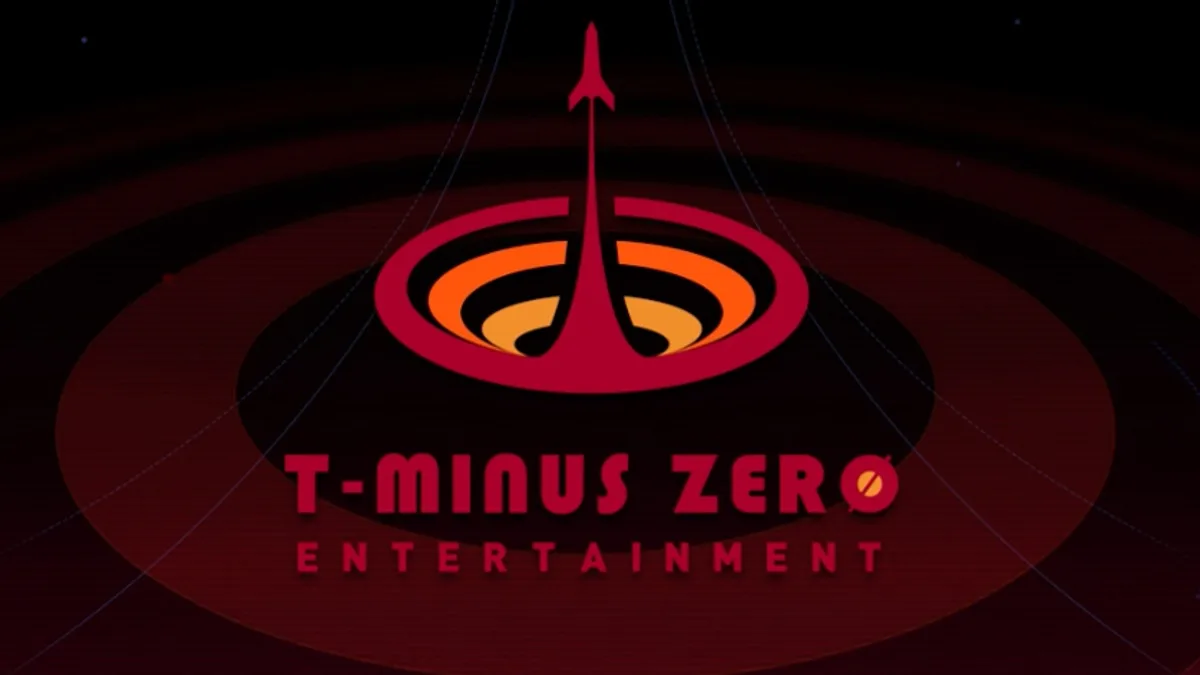
Fortnite will have a 2025 season for FNCS
Fortnite’s competitive ecosystem is evolving—and 2026 is shaping up to be a landmark year. Epic Games has officially unveiled the FNCS (Fortnite Champion Series) schedule for 2026, and the headline is clear: mobile players are… Fortnite will have a 2025 season for FNCS
